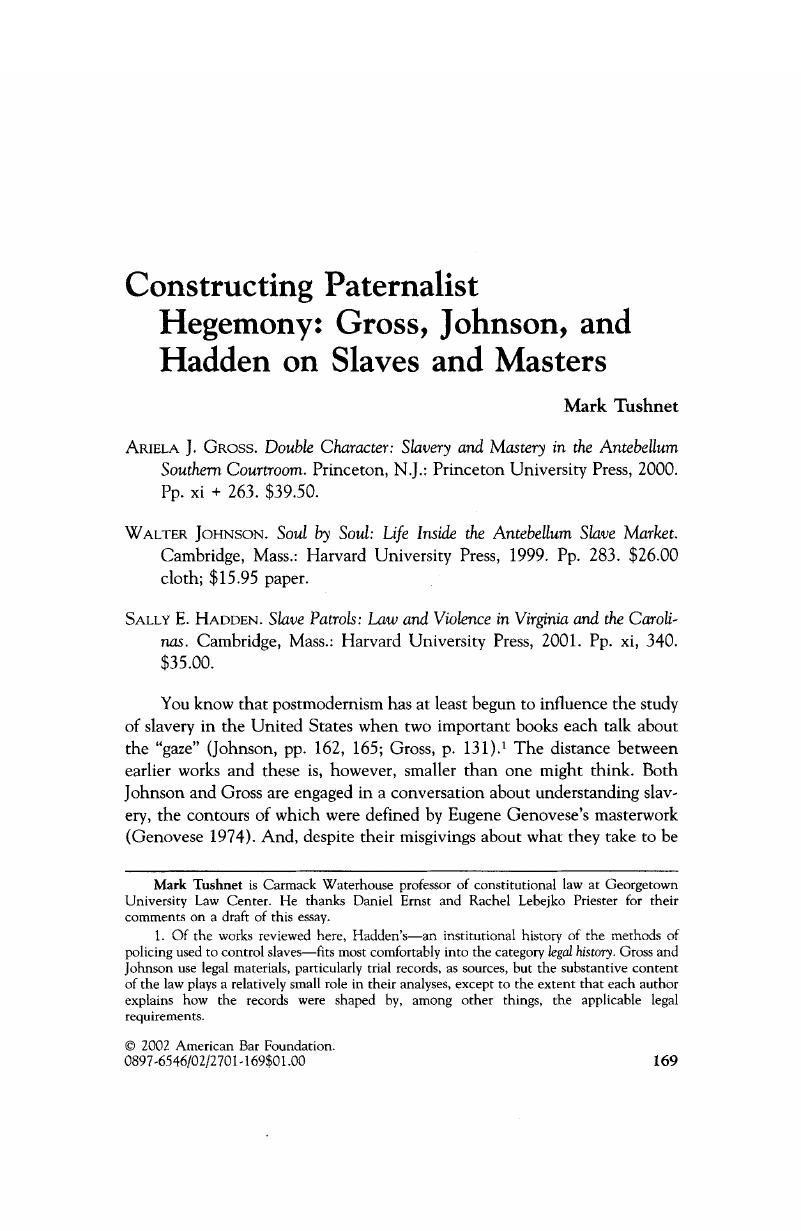Crossref Citations
This article has been cited by the following publications. This list is generated based on data provided by Crossref.
Gómez, Laura E.
2010.
Understanding Law and Race as Mutually Constitutive: An Invitation to Explore an Emerging Field.
Annual Review of Law and Social Science,
Vol. 6,
Issue. 1,
p.
487.



